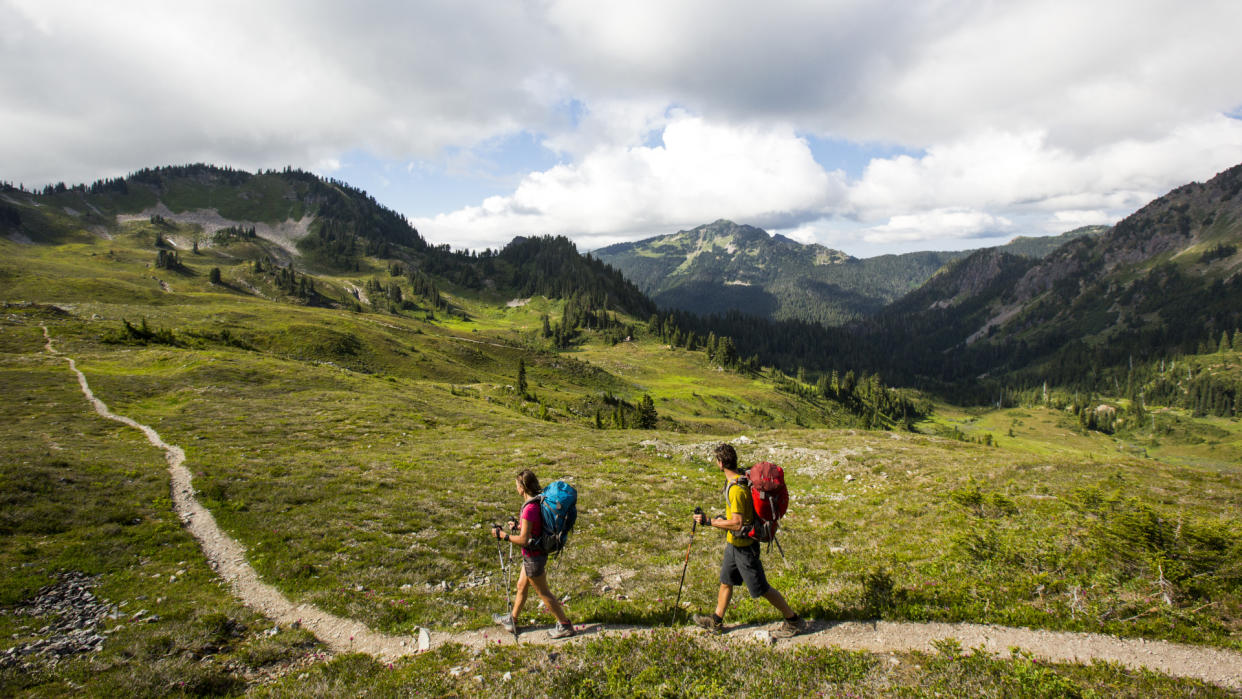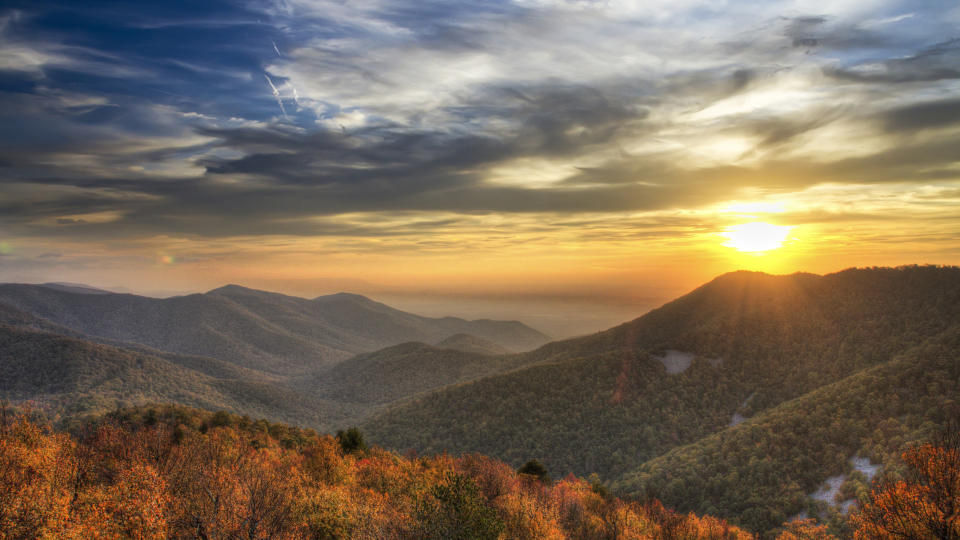Think Yellowstone and Yosemite are the best National Parks? Think again, says new survey

Ahead of National Parks Week 2024, Travel Lemming has released its annual rankings of the 63 US National Parks and there are a few curveballs.
The list examines the parks based on criteria such as crowding, online reviews, weather, cost, accessibility and biodiversity to rank them in order from best to worst, and it turns out that visitorship doesn't tell the whole story. Of the most visited National Parks, only Joshua Tree, Great Smoky Mountains and the Grand Canyon rank in Travel Lemming's top 10, with most of the parks being noticeably quieter.
The number one spot didn't go to Yellowstone or Yosemite, as you might have predicted, but for the second year running it went to the rather unassuming Shenandoah National Park in Virginia. Shenandoah doesn't have the best reviews or weather and it isn't the least crowded, but it's one of the most accessible, with an airport just 23 miles away, and showcases remarkable biodiversity with 2,573 species resident there. If you don't know, it is just 75 miles from DC, and home to part of the Blue Ridge Mountains which places it on our list of the best National Parks for hiking.
Joining Shenandoah in the top 10 are several parks that make the least crowded list, such as Olympic, North Cascades, Everglades, and Channel Islands, the latter of which features some of the best weather among the islands.

Speaking of weather, the "cold-summer Mediterranean climate" at Hawaii's Haleakalā National Park placed it at the top in that category, but don't forget your fleece or your waterproof jacket as conditions can change quickly there. Grand Teton in Wyoming and Alaska's Glacier Bay National Park both tie for top spot in the popularity contest, with the best online reviews.
Great Smoky Mountains, famously the country's busiest National Park by many millions, came in fourth overall and features the most biodiversity out of all parks with a whopping 21,397 species. It's well-known for its bear population, but it's also considered the "salamander capital of the world" and is home to Asian Jumping Worms, Flamed Tigersnails and some 200 bird species and 50 types of fish.
If you're on a budget, you'll want to give American Samoa National Park a miss as it came in the least affordable park. There was no data on how much the average visitor spends, but for some perspective, the average visit to the next most expensive – Lake Clark National Park and Preserve in Alaska – costs an eye-watering $1,793.
Finally, ranking all the way down at the very bottom of the pile was another Alaska National Park, Kobuk Valley. Kobuk is home to the largest sand dunes in North America and protects an important channel through which some half a million caribou migrate annually. Sadly, that isn't enough for people to overlook the weather, cost ($1,583.79 per visit) and lack of accessibility – you can only reach the park by private plane, boat or on foot.
You can read the full report here and don't forget, all US National Parks are free to enter on Saturday, April 20, 2024.

